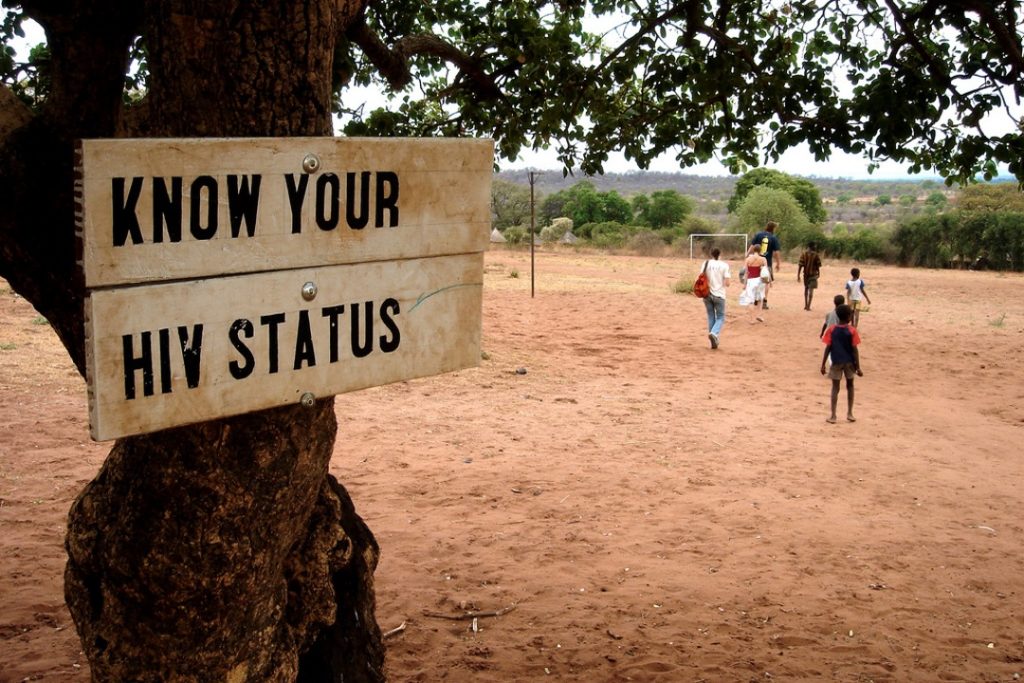
Contents
What is the link between HIV and TB?
When people have a damaged immune system, such as people with HIV who are not receiving antiretroviral treatment, the natural history of TB is altered. Instead of there being a long latency phase between infection and development of disease, people with HIV can become ill with active TB disease within weeks to months, rather than the normal years to decades. TB is an opportunistic infection (OI). OIs are infections that occur more often or are more severe in people with weakened immune systems than in people with healthy immune systems. HIV weakens the immune system, increasing the risk of TB in people with HIV. Infection with both HIV and TB is called HIV/TB coinfection. In people with HIV, latent TB is more likely to advance to TB disease. TB disease may also cause HIV to worsen.What is coinfection?
When a person has two or more infections at the same time. For example, a person infected with HIV may be coinfected with hepatitis C (HCV) or tuberculosis (TB) or both. How common is HIV/TB coinfection? Worldwide, TB disease is one of the leading causes of death among people with HIV. According to WHO statistics of 2015- Deaths from HIV and TB co-infection: 400,000
- Deaths from TB alone: 1,400,000
- Deaths from HIV alone: 800,000
How TB is spread?
TB is primarily an airborne disease. When a person with active TB disease coughs, sneezes, speaks, or sings, TB germs spread through the air. These germs can float in the air for several hours. If you breathe in the air containing these TB germs, you can become infected. TB is NOT spread by:- Shaking someone’s hand
- Sharing food or drink
- Touching bed linens or toilet seats
- Are pregnant
- Are younger than 5 years old or older than 65
- Drink alcohol or inject drugs
- Don’t eat well
How to prevent the transmission?
In order to reduce exposure in households where someone has infectious TB, the following actions should be taken whenever possible:- Houses should be adequately ventilated
- Anyone who coughs should be educated on cough etiquette and respiratory hygiene and should follow such practice at all times
- While smear positive, TB patients should:
- Spend as much time as possible indoors
- If possible, sleep alone in a separate, adequately ventilated room
- Spend as little time as possible on public transport
- Spend as little time as possible in places where large numbers of people gather together
How HIV in TB patient is treated?
Treatment with HIV medicines is called antiretroviral therapy (ART). ART protects the immune system and prevents HIV infection from advancing to AIDS. ART also has TB-related benefits:- ART reduces the risk of TB infection in people with HIV.
- ART reduces the chances that latent TB will advance to TB disease in people with HIV/TB coinfection.